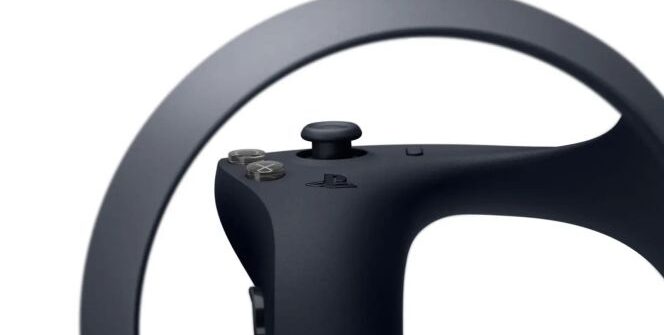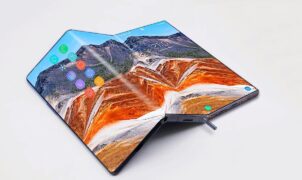According to one analyst, there has been a delay within the company, and it’s almost sure that Sony will not officially tell us.
Ross Young is the CEO of Display Supply Chain Consultants (DSCC), and as he’s involved in the VR headset market, he has a little insight into what’s happening. In a tweet, he wrote that AMOLED technology would return with the PlayStation VR2. The DSCC expects AMOLED panels to have a pixel density of well over 800 PPI (pixels per inch, which is how many pixels will be per 2.54 centimetres), a record for mass-produced AMOLED.
According to Young, shipments of displays for VR will increase by more than 50% this year, to more than 15 million in 2022, and here comes the critical thought, “despite delays to 2023 at Apple and Sony.” He added on his website that he thinks PlayStation VR2 will have high contrast displays and no visible SDE, so it has a good chance of being popular among gamers. (SDE is short for screen door effect. It means when the dividing lines between pixels and subpixels are visible.)
Earlier, Young wrote that PlayStation VR2 will have 800+ PPI displays per eye, as the headset will get two 2000 x 2040 resolution panels. It will be a significant improvement over the first-generation PSVR, as it had a 5.7″, 1920 x 1080 resolution, 386 PPI display for the two eyes together. The improvement is significant, and we get the latest technology possible at OLED resolution.
In January, Sony unveiled the PlayStation VR2 specs. It confirmed that Horizon would be getting a new part on the platform, with Guerrilla Games working with FireSprite on Horizon Call of the Mountain. And in February, alongside the new headset, the company also revealed the PlayStation VR2 controllers, which probably didn’t even directly disclose a release date, so if the VR headset does hit stores in early 2023, they didn’t need to talk publicly about a delay…
Source: VGC
















Leave a Reply